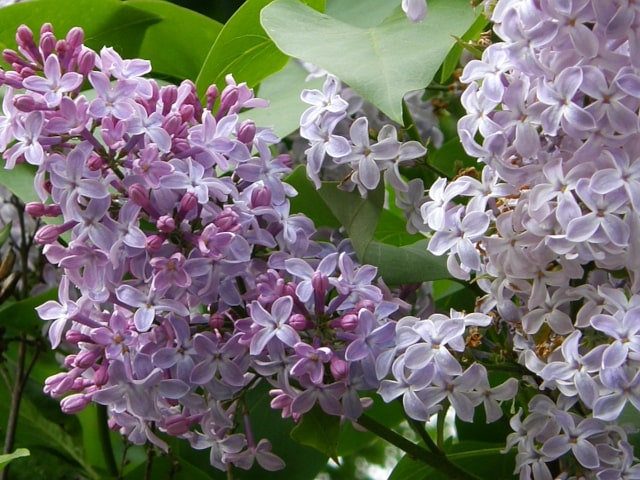
Lilacs are gorgeous bushes that can be found in many gardens. They are popular in yards and patios, and they are famous for their lovely flowers. In fact, many people choose to grow Lilac plants because of their flowers.
It can therefore be disheartening to see your Lilac not blooming. If this happens, the most important thing to do is to identify the problem, because there could be many reasons for your Lilac plants not giving flowers. Once you figure out why your Lilacs are not blooming, you can fix the issue so your garden can be filled with gorgeous flowers in the following year.
Common Issues for Lilac Not Blooming
In order to fix your Lilac not blooming, you need to understand what the main issues might be. There are several common problems that can occur, so you need to be aware of those so you can identify the issue. Luckily, most of those are something that you can fix with relative ease.
Here are the most common reasons for Lilac not blooming:
Not Enough Light
Keep in mind that your Lilac plants need a specific amount of light to bloom. If your plants refuse to produce flowers, they might not be getting enough sunshine. Keep in mind that Lilac needs about 6 hours of sun or even more per day in order to thrive. It has to receive that amount of light so it can bloom properly.
In case it lives in a partial shade, such as obscured by tree branches, the plant will live, but it might not have enough sunshine to give flowers. If this is the case, cutting the overhead branches or transplanting your Lilacs to a sunnier spot might help. However, keep in mind that moving your Lilac plants might cause them not to bloom for a year, until they are fully settled in their new location.
Pruning at the Wrong Time
Pruning too much is a common reason for Lilac not blooming. Keep in mind that the new buds form right after the old flowers side back, so if you wait for a long time to prune your plant, you might be destroying the developing buds.
Because of this, it is best to prune your Lilacs as soon as the plant is done flowering, which generally happens in late spring. By pruning at this point of the year, you will be doing the cutting before the plant starts developing flower buds.
Late Frost
Frosts that occur in spring, particularly during the April and May, can be detrimental to your Lilac. Such frosts can severely damage Lilac buds, which makes it not produce flowers that year.
If this happens, keep in mind that most of the time, the plant itself will be fine; it is only the buds that are affected. In this situation, you should simply wait for the next year to enjoy the blooms.
If you live in an area known for late frost, you may wish to cover your plants with a garden cloth or a blanket to protects them. Also, it is best to plant them in a sheltered part of the garden, for example, close to a building. All of this can help prevent the frost damage.
Warm Winter
A late frost can be detrimental to Lilacs blooming. However, keep in mind that too hot weather can be an issue, too. Cold winters actually encourage your plants to flower in the following year, so if you have an unusual warm winter, it might be the cause of your Lilac not blooming.
Old Lilac Not Blooming
Keep in mind that the age of the plant can cause issues with blooming. Lilacs produce the most flowers on younger wood, around 5 to 6 years old. If your Lilac plants are older, chances are that they would produce fewer flowers.
Luckily, you can do some pruning to rejuvenate your plant. Prune the bush to make it young again so it can produce more flowers in the next year.
Wrong Fertilizer
A common issue for Lilac not blooming is a wrong type of fertilizer used. If it is high in nitrogen content, it will produce a lot of leaves but not flowers. Keep in mind that Lilac plants generally don't require any fertilizer at all. If you need to use some fertilizer, it is important to stay away from one high in nitrogen content.
To remedy this issue, make sure to give your plant more phosphorus. Add some phosphorus around your Lilacs to encourage it to produce flowers. A great way to do this is by giving your plant a bone meal. You should also add some good compost as a mulch around the base of your plants.
Too Much Water
Lilac plants should not sit in water. You should never overwater them, and if there are a lot of rains in a year, this can also contribute to your plants sitting in water. All of this can be bad for the production of flowers.
Keep in mind that Lilac plants need about an inch of water per week during the hot and dry weather, and less in other weather conditions. By not overwatering you can help your Lilac produce more flowers.
Pests
These can be a common issue in certain areas. Pests can contribute to your plant not flowering. If this is the case, make sure to inspect your plant. You can treat your Lilacs with insecticides or prune the plants to get rid of the pests.
Potted Lilac Not Blooming
What if you grow your Lilacs in a pot and not in the garden? If such Lilac plants refuse to give flowers, the problem might be too small container. In order to encourage your plant to give flowers, repot it into a larger container.
Make sure to use a good potting soil and avoid any mixes with added fertilizer. When repotting, make sure to give the plant roots some room. This is typically enough to do the trick and you can enjoy your Lilac blooming the next year.
Photo credit: Andrew Fogg
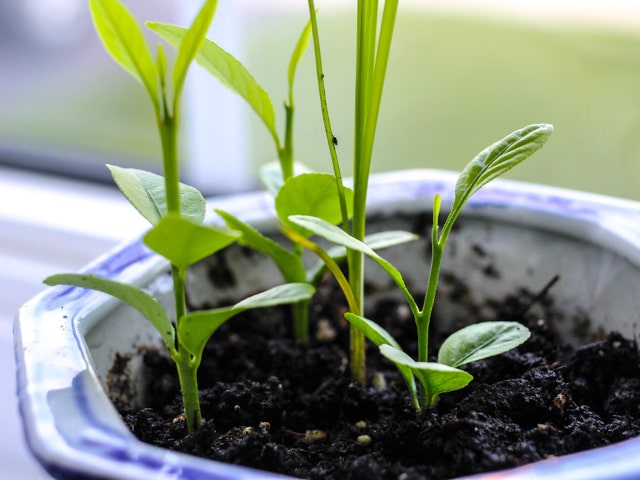
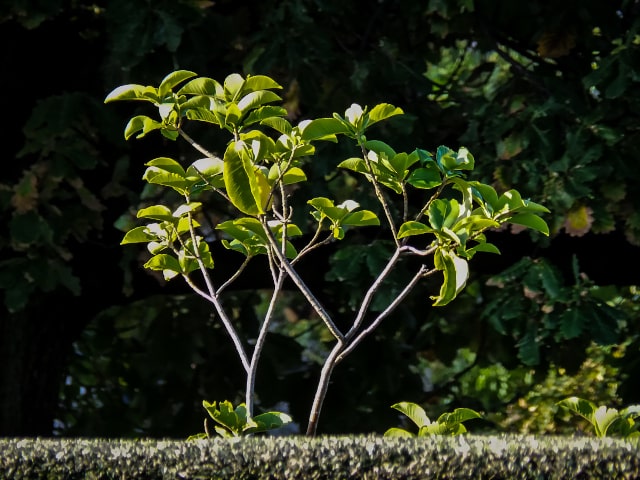
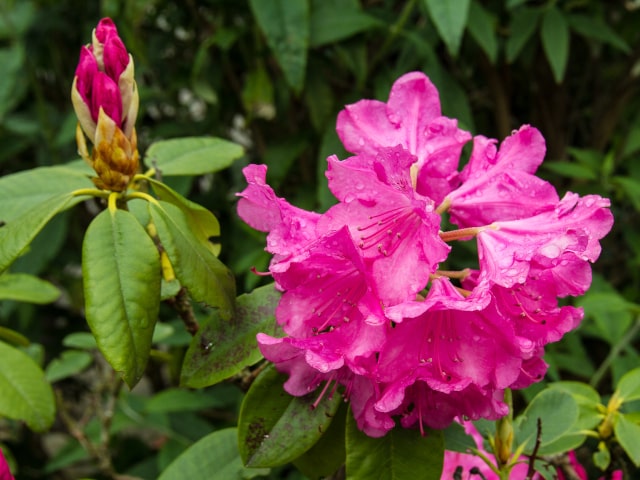
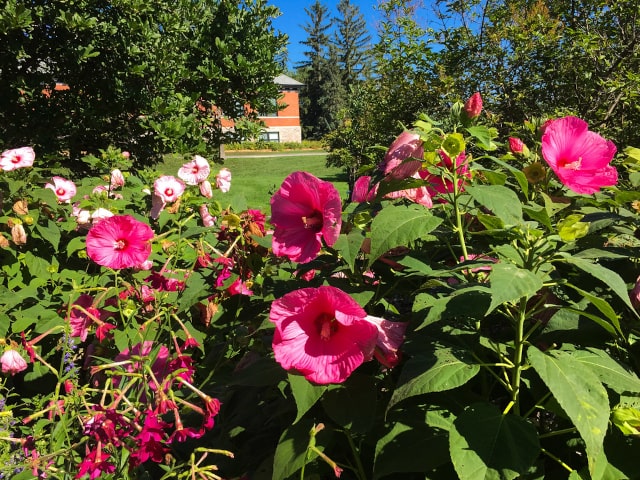
0 Comments